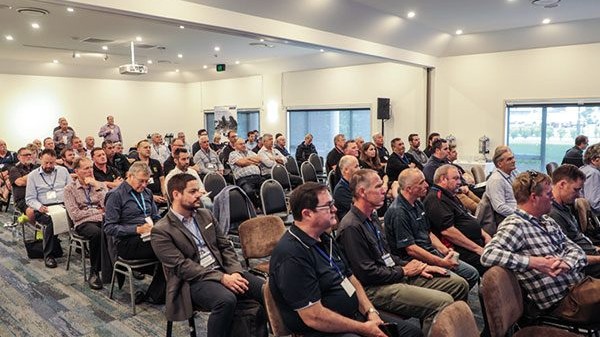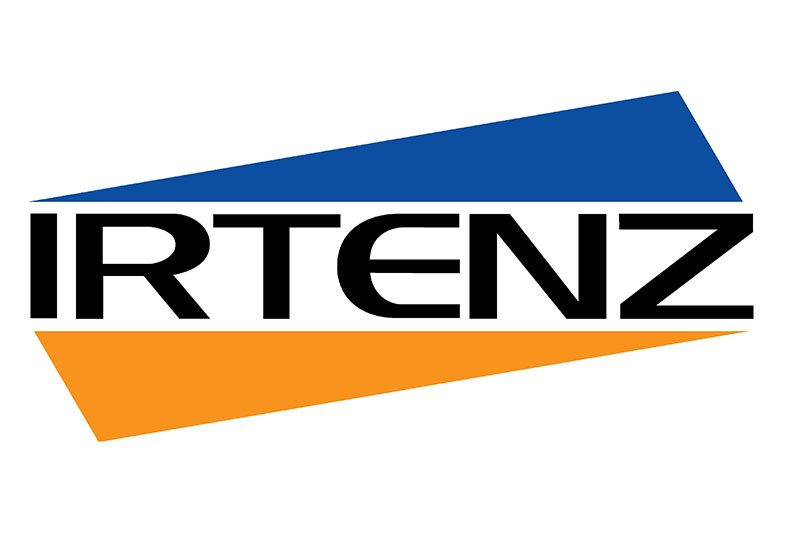
At the 17th IRTENZ conference held last November, the NZTA’s Peter Brown discussed the state of the country’s roading network.
As regional manager of maintenance and operations, central/lower South Island, Peter Brown offered a first- hand perspective on Waka Kotahi’s current position. He began by stating the government’s investment in roading maintenance had been increasing year on year. “It may not seem apparent, but we can’t fault the government for the amount of money put in over the years,” he said. “But we may be able to question some of the priorities.
“We need to rectify that for the future – and right now. We’re funded by the government; they set the policy in the Government Policy Statement – one of the key pillars of which is freight – and set where we can spend the money. Our board decides where it should be in that band and how to spend it. We’re quite constrained.”
But Brown said that while investment had increased, maintenance costs had also increased. The network was bigger and included more hardware, such as barriers. “Money is also going into other things the government requires, like modal shift. The demands on the funding have possibly outstripped the amount we’ve been given.”
Regarding modal shift, Brown stated that 90% of all freight moved by road and would remain at that level for the next 10 to 20 years regardless of how much was invested in modal shift. “In the next 10 years, we’ll be lucky to get a 2% shift onto rail and zero in coastal shipping.”
Brown said the impacts of climate change were being seen in the severity and frequency of weather events damaging the network. “The issue is here now. The government has realised that, and in 2020, declared a climate emergency with three key shifts – decarbonisation, efficiency and resilience. Resilience is really important, and I think the next GPS will focus a lot on that, which will be good for the network.
“Good drainage is also important. We need to ensure roads are built so that they drain properly.”
Resilience also includes thinking about what needs to be done to improve pavements and roads over time to meet the EV challenge. “The current network of mostly flexible granular pavement is good for New Zealand’s geology, is cost- effective and lasts well as long as it’s well maintained… However, the higher weight of vehicles coming onstream will affect that, as we’ve seen with the greater numbers of HPMVs. Research by the University of Edinburgh showed an EV could have a 30% to 40% greater effect on the pavement.”
Brown explained that every three years, Waka Kotahi developed its State Highway Investment Proposal – its bid to the government on where the state should spend its money and how it should fund the agency. The next proposal was currently in the works.
“We are telling the story of our pavements, which are already fragile. We need to do a lot more; we can’t just pave over cracks like we’ve been doing. We’re encouraging funding for greater use of structural paving, or rehabs, where the road is dug up and rebuilt, taking into account things like moisture that may have affected the paving layer under the surface. If that layer is maintained, the flexible surface on top doesn’t matter – it still can handle the weights we want to throw at it. And it’ll give a smoother ride, which may help with efficiency and emissions too.”
Brown noted that Waka Kotahi was currently only doing 40% of the rehabs it should be doing. “More rehabs will cost, and the government needs to be encouraged to fund them. Our contractors also need more capacity to help us deliver the rehabs.
“A long-term commitment is needed from the government, Waka Kotahi and the construction industry to invest in the kit and human resources needed to develop a better network,” Brown concluded.
Read more
IRTENZ Conference 2023 – PBS
0 Comments12 Minutes
IRTENZ Conference 2023
0 Comments12 Minutes
IRTENZ Conference 2023
0 Comments20 Minutes


